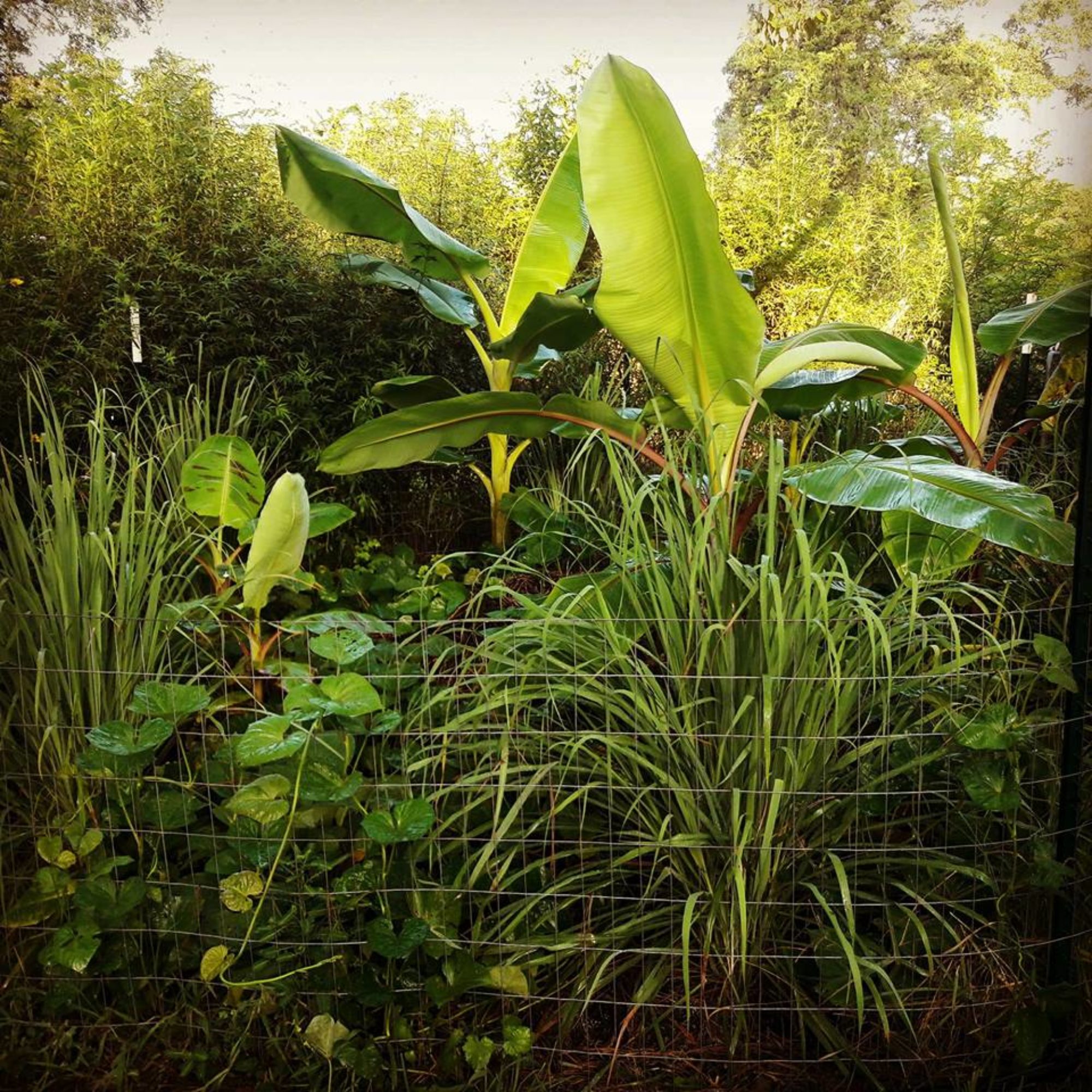Welcome to a new series on the blog!
I will be sending out alerts to those who would like info on gardening by the moon.* What is gardening by the moon? Why would I want to do that?
The Phases of the Moon
The moon has four phases or quarters lasting about seven days each. The first two quarters are during the waxing or increasing light, between the new and the full moon. The third and fourth quarters are after the full moon when the light is waning, or decreasing.
Gravitational pull influences moisture in soil
Planting by the moon is an idea as old as agriculture itself. It is based in folklore and superstition, but there is now scientific research to back it up. The earth is in a large gravitational field, influenced by both the sun and moon. The tides are highest at the time of the new and the full moon, when sun and moon are lined up with earth. Just as the moon pulls the tides in the oceans, it also pulls upon the subtle bodies of water, causing moisture to rise in the earth, which encourages growth. The highest amount of moisture is in the soil at this time, and tests have proven that seeds will absorb the most water at the time of the full moon.
Today is November 3, 2017, and it is the day to plant hardy above ground annuals.**
Next up will be November 5-6: Harvest, cultivate, weed and control pests.
What to plant in November.
November 1-15
- Artichokes (transplant)
- Bok choy
- Cabbage
- Chinese cabbage
- Cilantro/Corriander
- Collards
- Endive
- Garlic
- Garlic chives
- Horseradish
- Kale
- Kohlrabi
- Leek
- Lemon Balm (transplant)
- Lettuce
- Lovage
- Mint (transplant)
- Mustard
- Onion – bulbing
- Onion – multiplying (transplant)
- Oregano (transplant)
- Parsley
- Radish
- Spinach
- Strawberry (transplant)
- Tendergreen
- Turnips (30 day)
November 16-30
- Collards (transplant)
- Garlic
- Garlic chives
- Horseradish
- Kohlrabi
- Mint (transplant)
- Mustard
- Onion (transplant)
- Radish
- Spinach
- Strawberry (transplant)
- Tendergreen
- Turnip (30 days)
Garden Activities for November
- Divide fall blooming perennials and bulbs after leaves yellow
- Plant bare root fruit trees, perennials, roses, lilies, bulbs, berries, figs, grapes
- Use row covers and cold frames to extend season
- Cover perennial beds with thick leaf mulch
- Build compost pile after garden clean up
- Cut asparagus to the ground, prune raspberries
- Sow wildflowers in a well-prepared bed
- Spray to control peach leaf curl
- Water plants on porches and under eaves
- Force Narcissus bulbs indoors for holiday bloom
- Protect tender plants from frost
* This series is focused on the southern regions of the United States, particularly USDA Zones 8&9 as that is where I reside and do all my gardening. If you live in a different climate, please adjust accordingly.
** Make sure to plant hardy annuals or plant with protection!
[TheChamp-FB-Comments]

